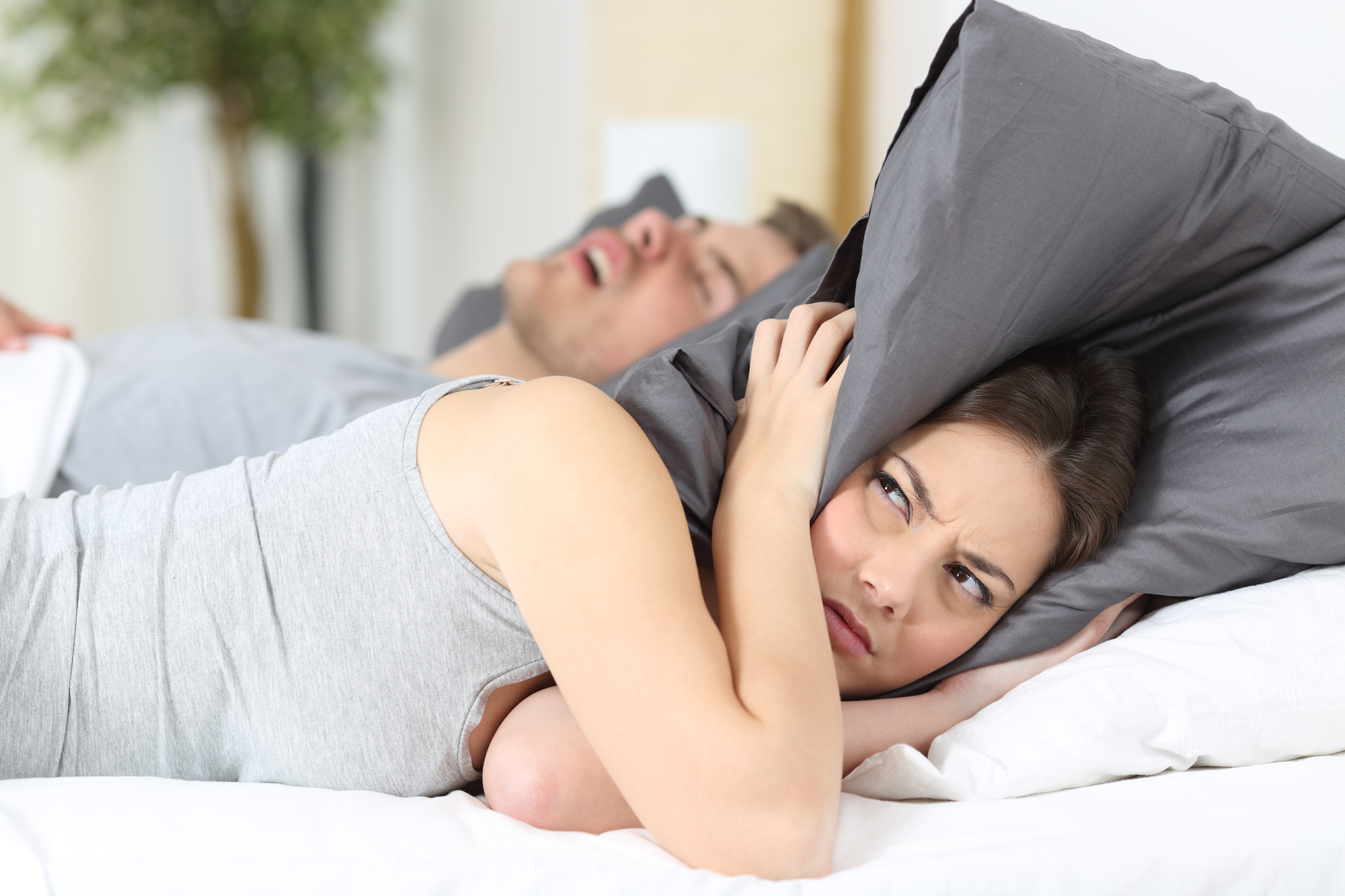Does Your Child Need Glasses? Here Are 7 Signs That the Answer Is Yes

Oddly enough, even a child needs glasses sometimes.
As a parent, it’s important to recognize when the time is right. Otherwise, your child might grow up with certain sight conditions that will have a harder time being treated in adult years.
In this article, we will cover the 7 signs that your child needs glasses and more.
Keep reading to find out everything you need to know.
Glasses to Correct
One wouldn’t think that a child can have eyesight conditions, which require them to wear glasses. But unfortunately, it is true.
Myopia (Short-Sightedness)
When myopia is present, light rays enter the focus of the eye in the front of the retina, instead of directly on it. Children with myopia can see things well up close, but everything at a distance is blurry.
Hyperopia (Long-Sightedness)
When hyperopia is present, light rays enter the focus of the eye behind the retina. The eye has to exert energy to see in the distance and even more so close up. Most young children have some form of hyperopia.
Astigmatism
When astigmatism is present, light rays enter the focus of the eye at different places. This is due to the irregular surface of the eye. Instead of being round, it is shaped like a rugby ball.
Refractive Esotropia
When refractive esotropia is present, there is a direct link between the muscle in the eye and the muscles that draw the eyes together when looking at a near object. So when focusing power is exerted to see clearly, the eyes will turn inward. Fully correctable with glasses.
The 7 Signs Your Child Needs Glasses
Alright, as promised – 7 signs your child needs glasses.
1. Squinting
Squinting is a good sign that your child has some sort of refractive error, which affects their capacity for focusing on an image. Via squinting, your child can temporarily improve the focus or clarity of an object.
2. Covering Eyes/Tilting Head
If your child is covering an eye or tilting their head in hope of improving vision, it might be an indication that their eyes are misaligned or they have amblyopia (lazy eye), which is quite common in children.
3. Holding Devices Too Close
Sitting too close to the TV or holding devices up to their face is a sign of poor vision. People with myopia have clear vision at close range, but poor eyesight at a distance.
4. Excessively Rubbing Eyes
Eye rubbing may indicate that a child is experiencing strain or eye fatigue. This is a sign of many types of vision conditions, even allergic conjunctivitis.
5. Headaches and Eye Pain
If your child is complaining about eye pain or headaches, they might be overexerting their eyes. Due to the blurred vision, they might strain to see better.
6. Decreased School Performance
Because a student spends so much time tracking and adapting their focus from a distance to see what’s on a chalkboard or computer, decreased performance might be a sign of not being able to recognize the material from afar. However, other issues might be at play.
7. Motor Function Skills
If you notice doing poorly in sports or having a hard time with motor function skills, their eyesight might be a hindrance. As our eyes are connected with the rest of our emotions, poor eyesight can dwindle our movements.
How Are Children Tested for Glasses?
In order to test their eyesight, a retinoscope is used to shine a ray of light into the eye. The way in which the light is reflected will show the presence of any astigmatism, hyperopia, or myopia.
Lenses of the varying forms will be placed in front of the eye until the eye is able to focus appropriately. In young children, it’s important to dilate the pupil and relax the focusing muscle. Eye drops are used to do both, and take 40 minutes to work fully.
What Type of Lenses Should We Pick?
Glass lenses should be avoided, as they are most likely to break. Plastic or polycarbonate lenses are safer and lighter. But they can scratch more easily. So it’s important to find lenses with a scratch-resistant hard coating.
Some high-power prescriptions will result in very dense lenses. The optometrist will advise you in a variety of ways to make them more appealing. For example, thinner material can be used on the edges to help compensate for the density.
What Frames Are Good for Children?
When it comes to choosing kids’ glasses, they should be comfortable, safe, and attractive.
When possible, purchase glasses from an optometrist who works with children. Ask for a recommendation on suitable frame styles, in relation to your child’s age, facial features, activate, and prescription power.
If your child is old enough, let them choose. But make sure that the size and fit are correct. Adjustments should be done to ensure safety. Infants might need ear-pieces to help them stay in place, whereas an older kid can use straps.
Flexible hinges are a good idea for active fellows. And some frames can be fitted with clip-on sunglasses. Albeit, non-essential – but they can help your children on these sunny days.
Eyesight Back to Normal
Now that you have discovered all you need to know about eyesight conditions, the signs that your child needs glasses, and how to choose the best ones. You are well on your way to helping your child get their eyesight back to normal.
Not only will they see better, but they will feel and perform better in all aspects of life. Do this for them, and they will be grateful for many years ahead.
If you’re interested in similar articles, check out some of our other blogs.



